If you’ve been in east London at any point in the past 10 years, you may have seen white stick figures like these peering out from under railway bridges or looking down from buildings and door shutters.
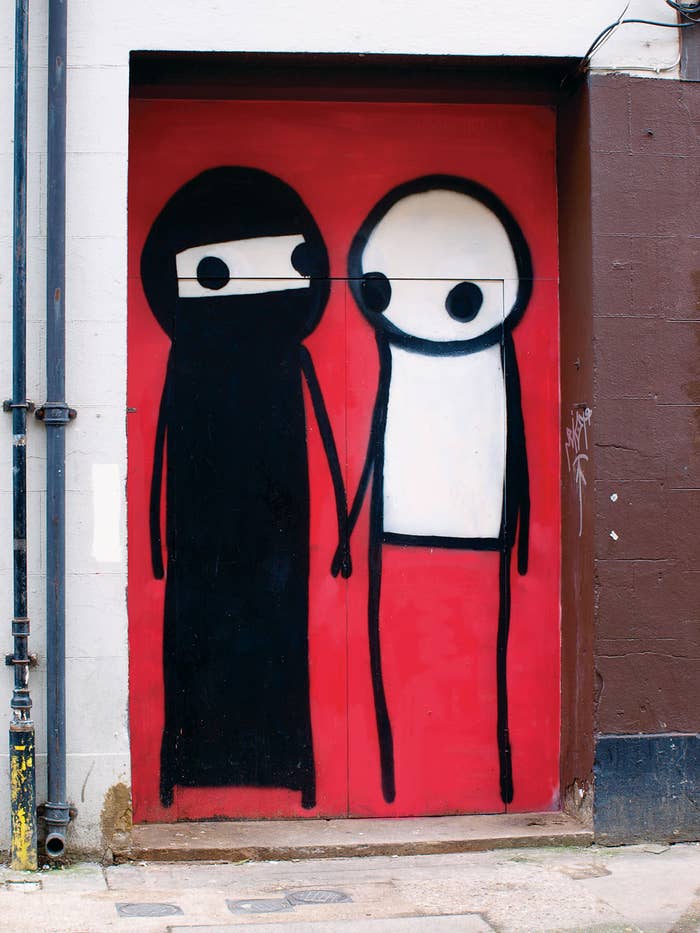
This is the work of the artist known only as Stik, one of the key names to emerge from London's vibrant street art scene, who has taken his stick people all over London, the UK, and overseas.
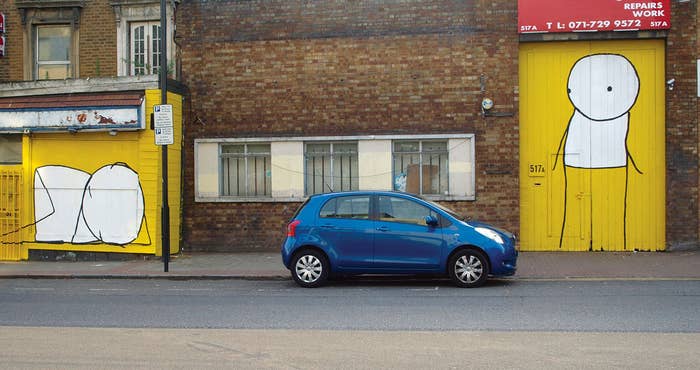
The artist, who says he's "approaching middle age", came to Hackney in the early 2000s while homeless and stayed in abandoned buildings and hostels, an experience which shaped and informed his work.
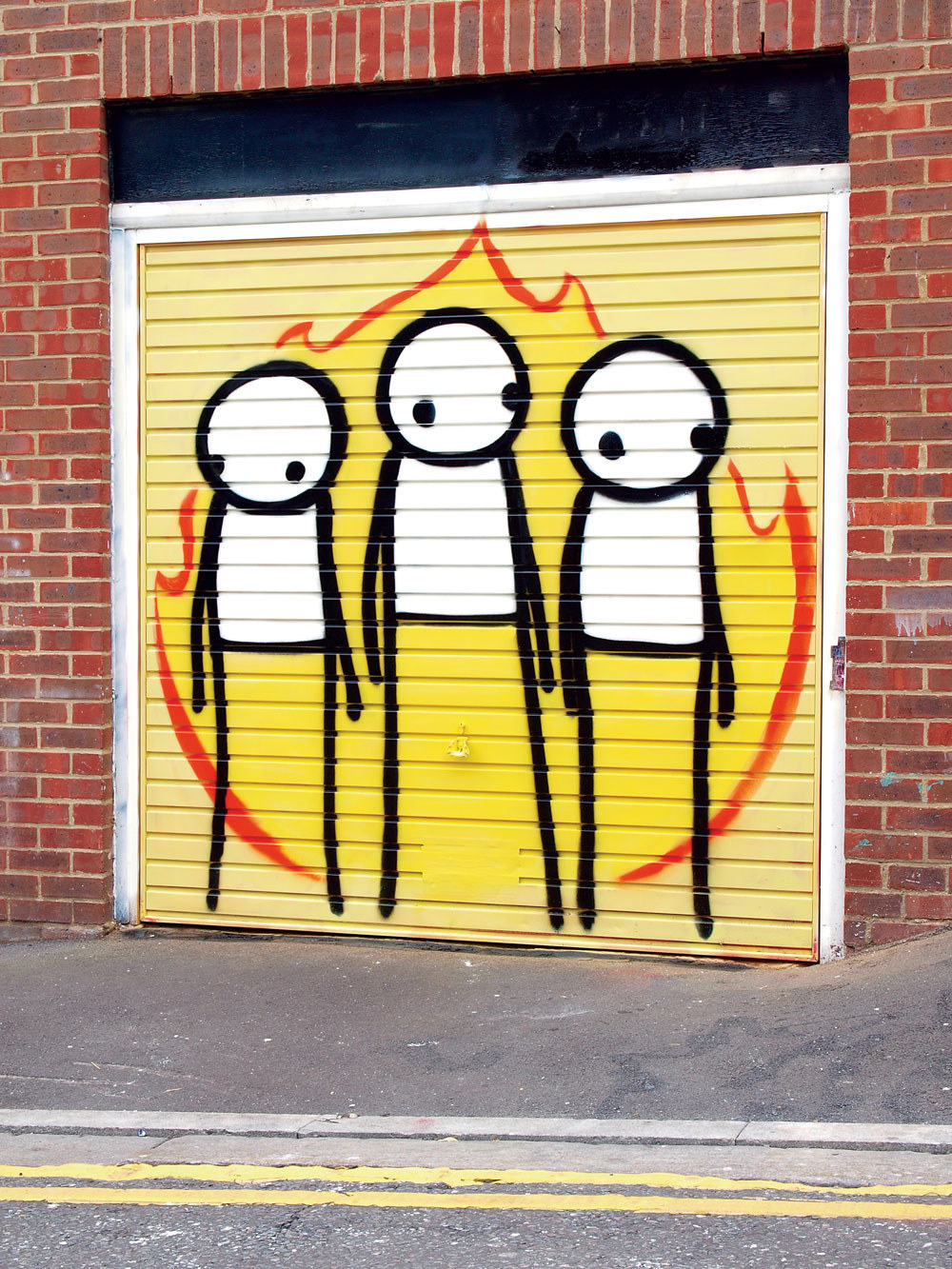
They may be simple stick people, but Stik tells BuzzFeed News from his studio that they are often a subtle, silent comment on politics, community, and the effect urban change has on ordinary people.
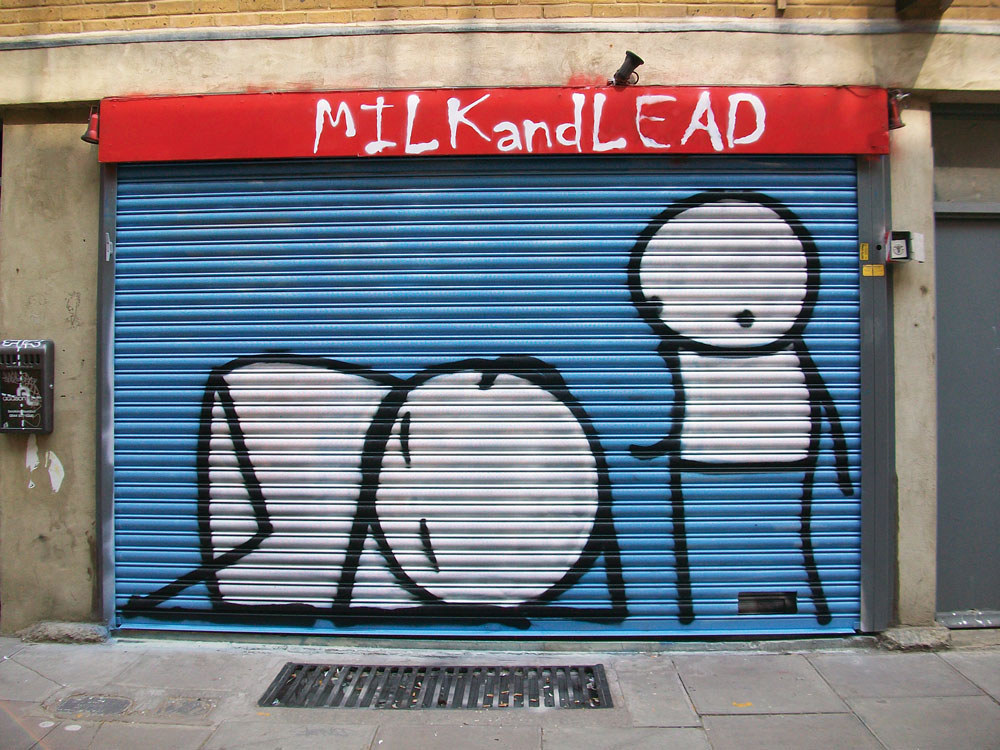
But Stik doesn't set out to be overtly political – he's more subtle than that.
"I'm inspired by the political mural movement of the 1960s and onwards and the murals of the Ireland conflict," he says, "but I'm trying not to be too preachy here.
"If I wanted to say 'stop the cuts to the NHS' I would just say that in big letters. But I wanted to do something a bit more subtle, so I painted a big baby on an NHS blue background in the middle of Homerton Hospital to show why it's important to protect it and not sell it off."
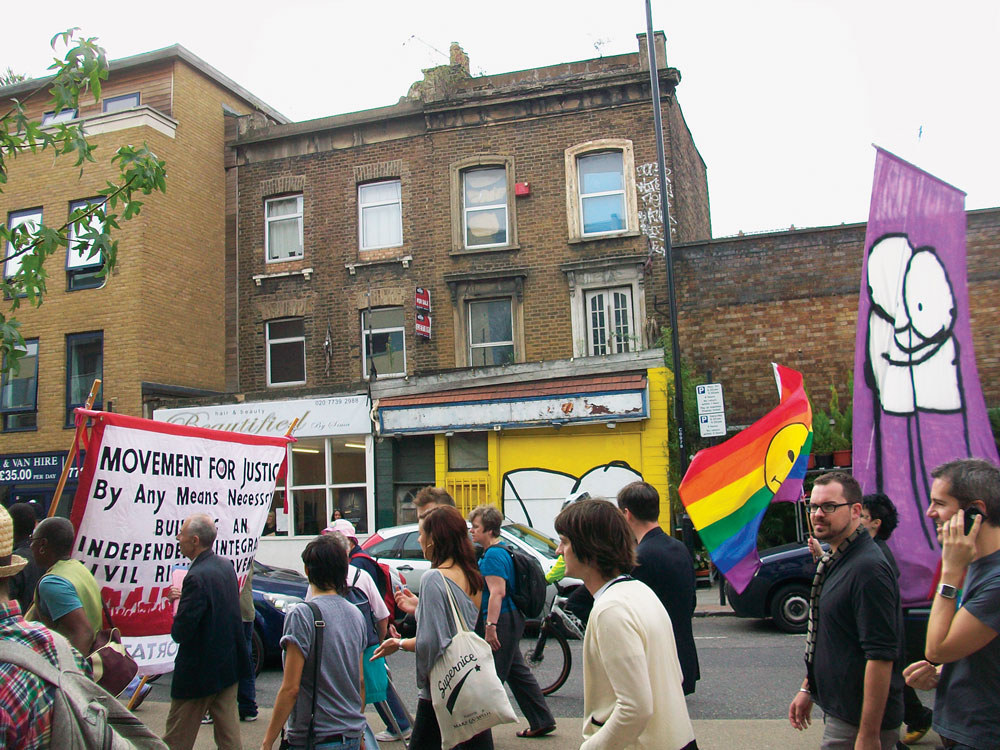
Have the figures stayed the same throughout? "They are evolving a little bit," says Stik. "The lines have got bigger and thicker – in my current style they have big eyes and fat limbs. If you compare that to my early work you can see the development.
"I really enjoy repetition but with very subtle changes, enough to keep me interested."
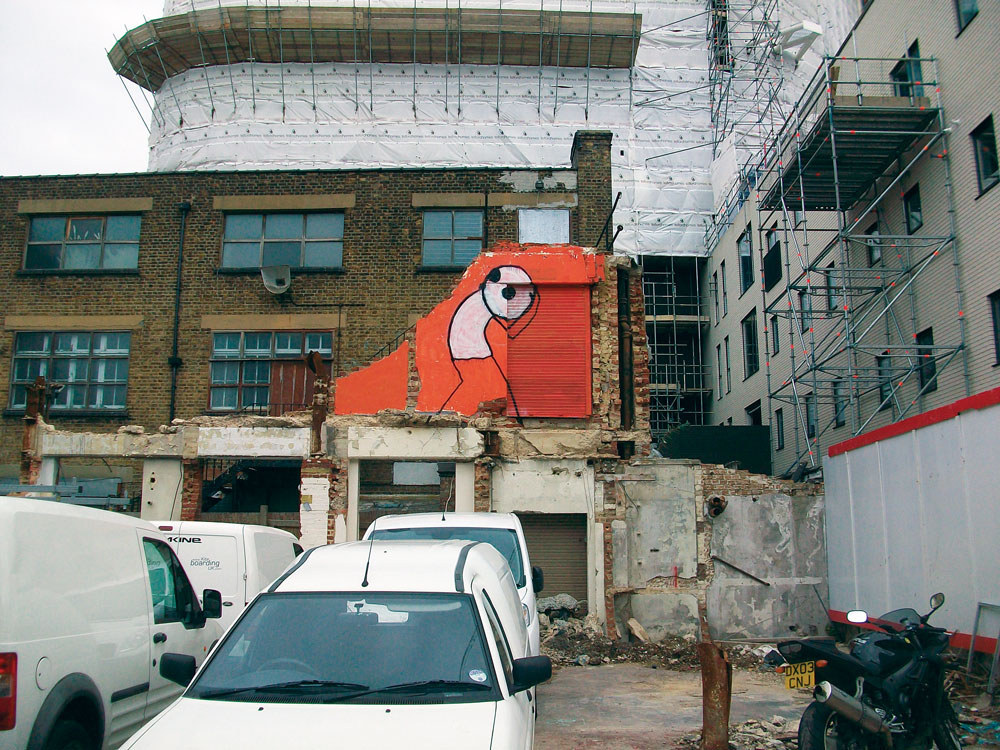
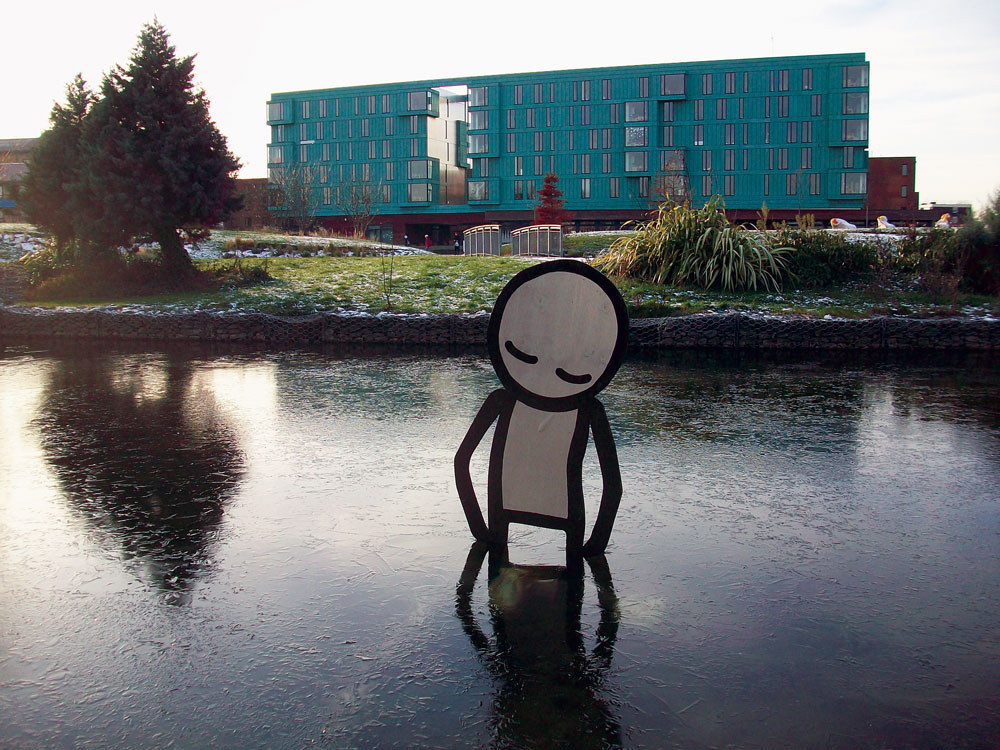
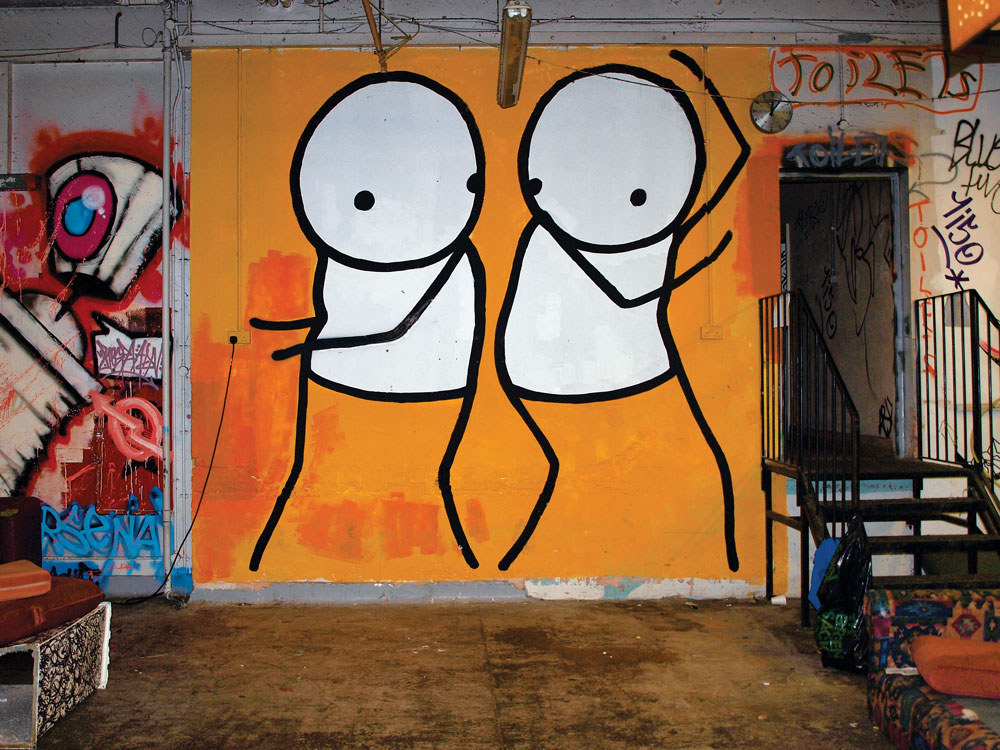
The time he spent sleeping rough left a huge mark on Stik as a person and an artist. "That's how I ended up in Hackney, it was the easiest way to get a roof over your head if you had no money," he says.
"Being homeless showed me how brutal the city can be and how alone you can feel as a human in this huge place. With these figures I wanted to soften the streets and make them more human, and at the same time show the vulnerability of the people who were living there."
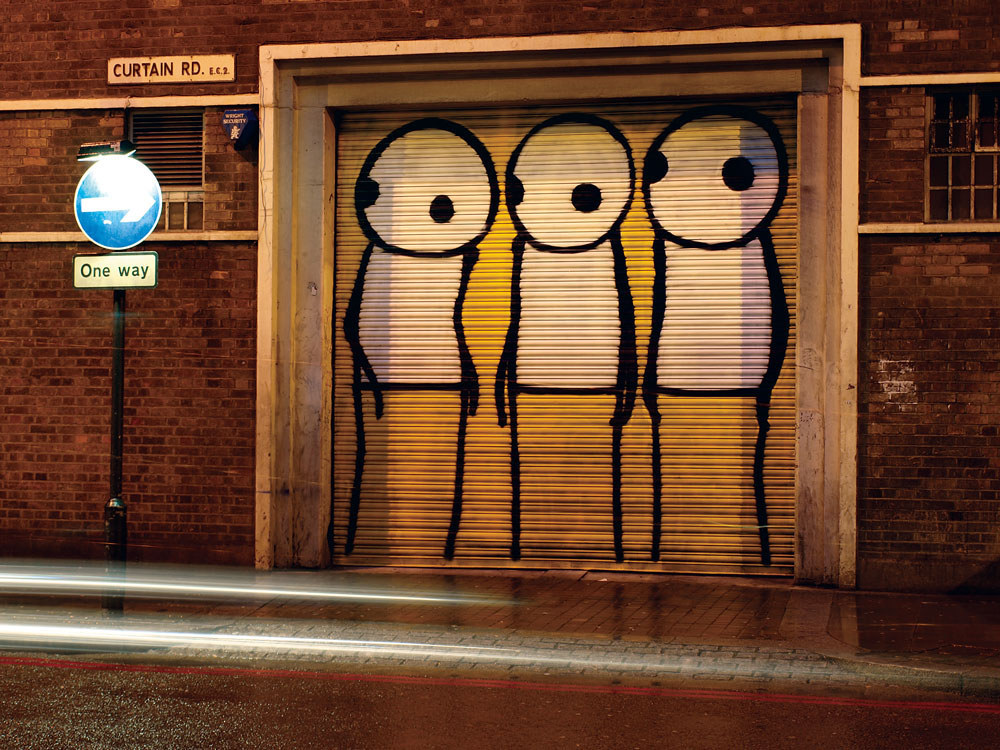
Perhaps Stik's most ambitious work is "Big Mother" (below), a 38.4-metre-high painting on the side of a condemned block of flats in Acton, west London, in November 2014.
"It was about the tower block where these people live being destroyed to make way for luxury flats," The women is holding her child looking down on all the destruction and change," he says.
"I saw the big chalk figures in the west of England and thought, I wanna do that. And actually, I kind of am – if you look at 'Big Mother', it's that same emblem of humanity in the landscape. They did it on hills because it was the biggest thing they had, I did it on a tower block."

He's painted works in Jordan...
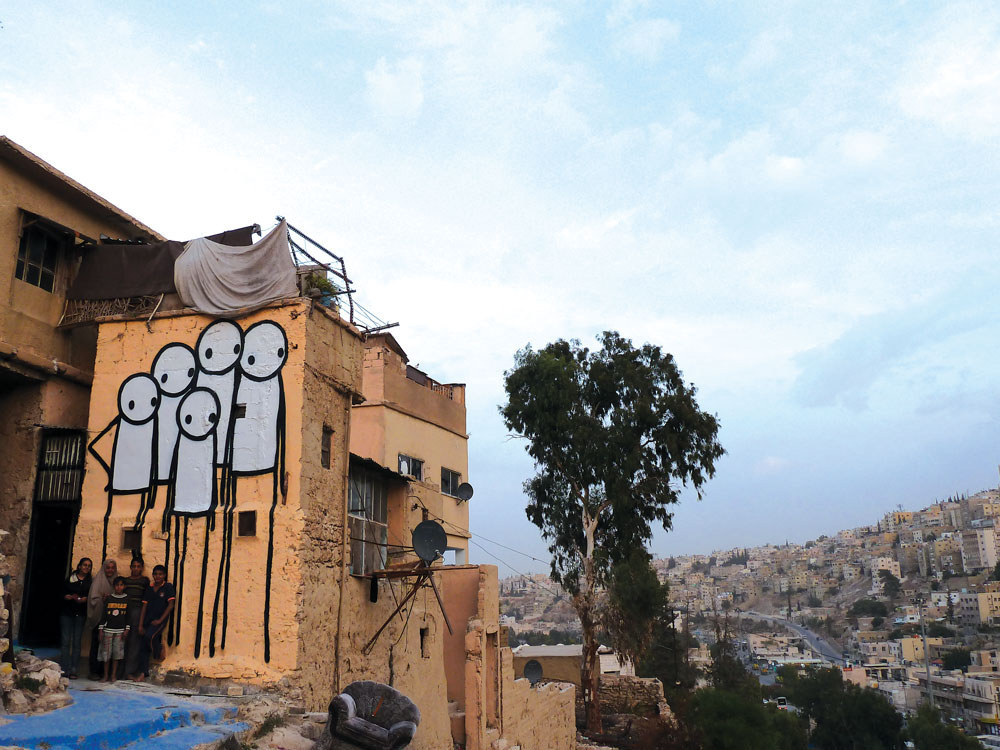
...New York City...
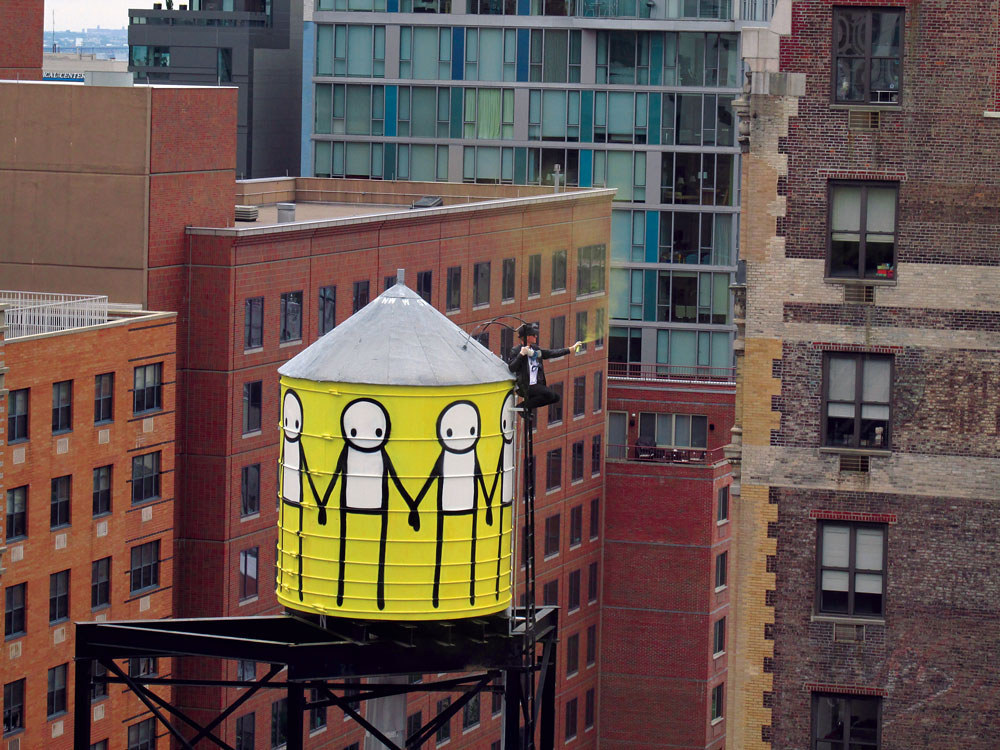
And even on a Norwegian island.

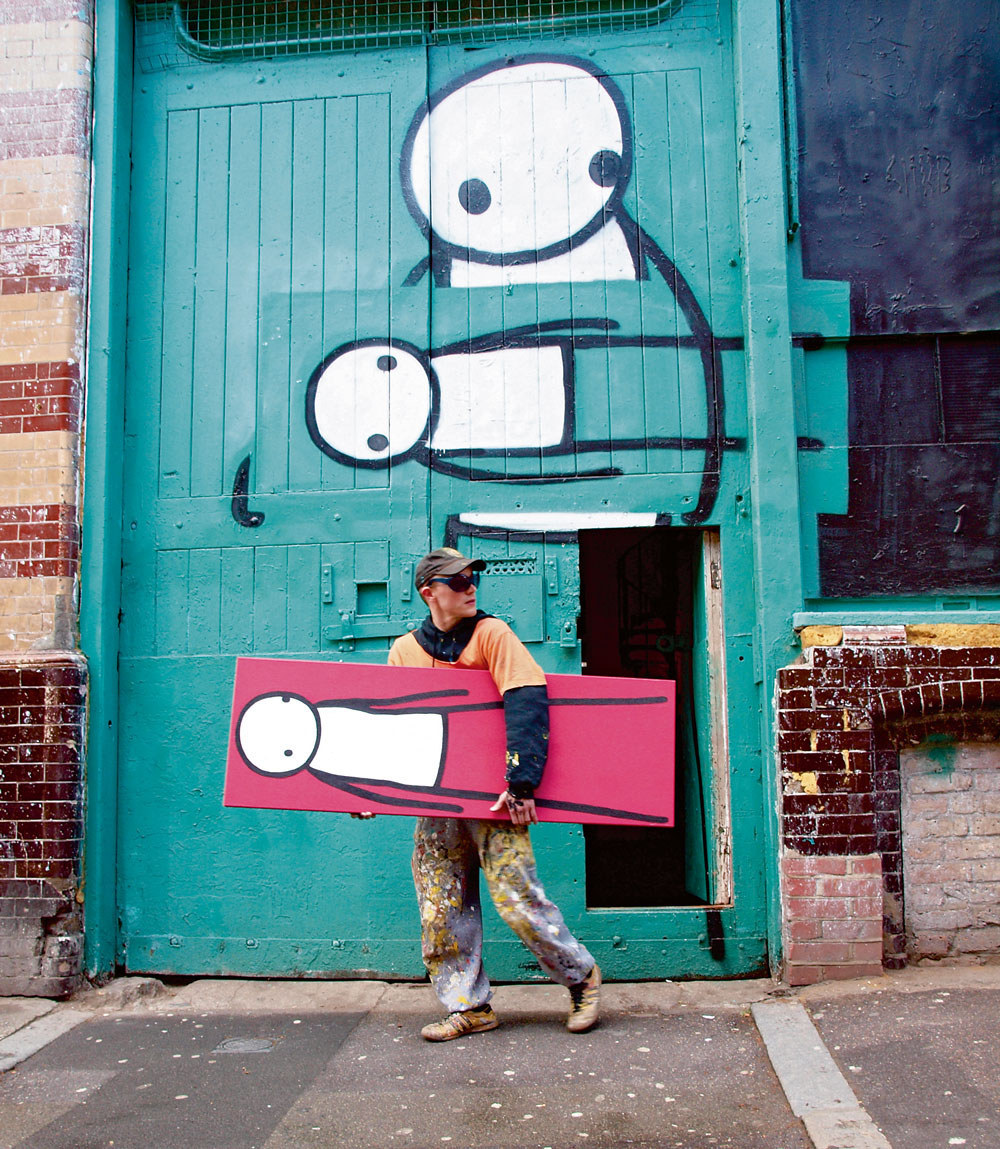
Stik, published by Century, is out now in hardback.

